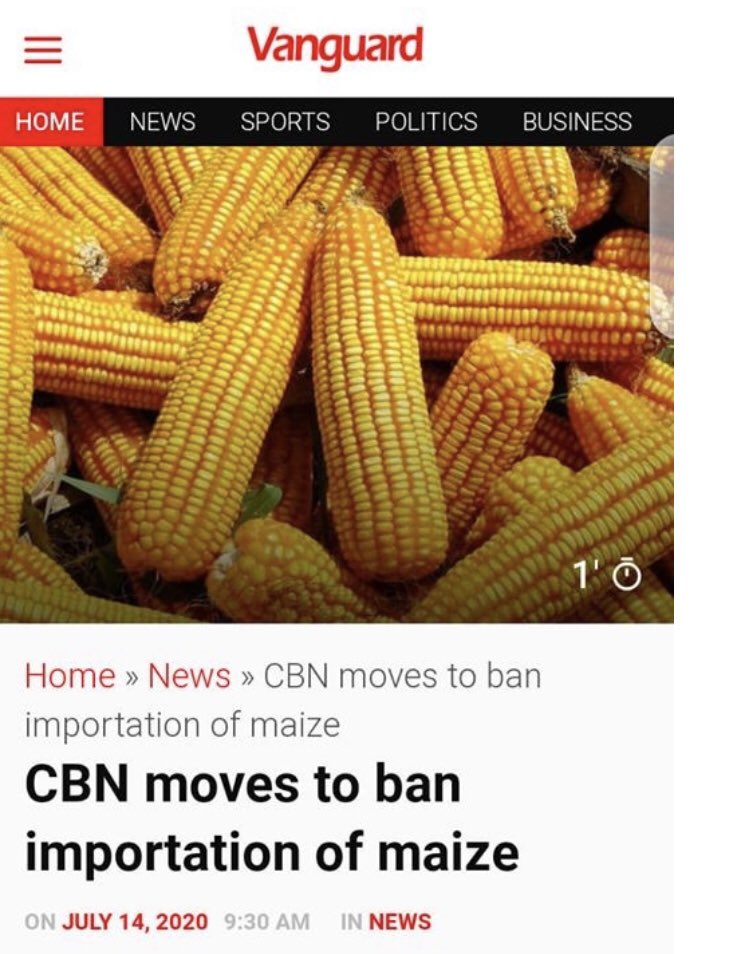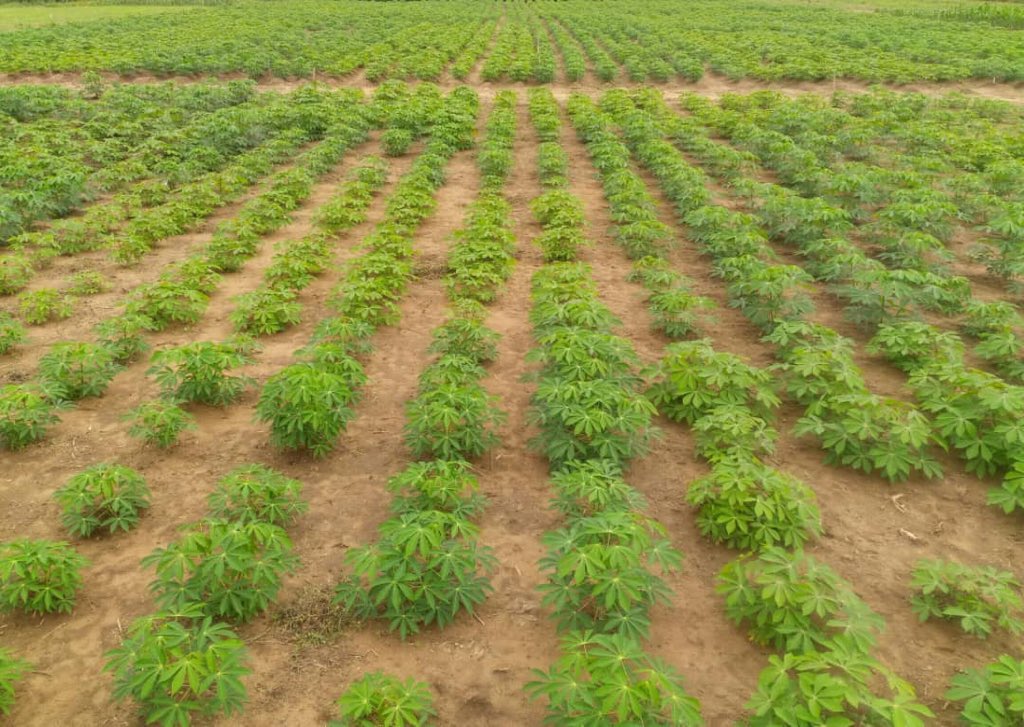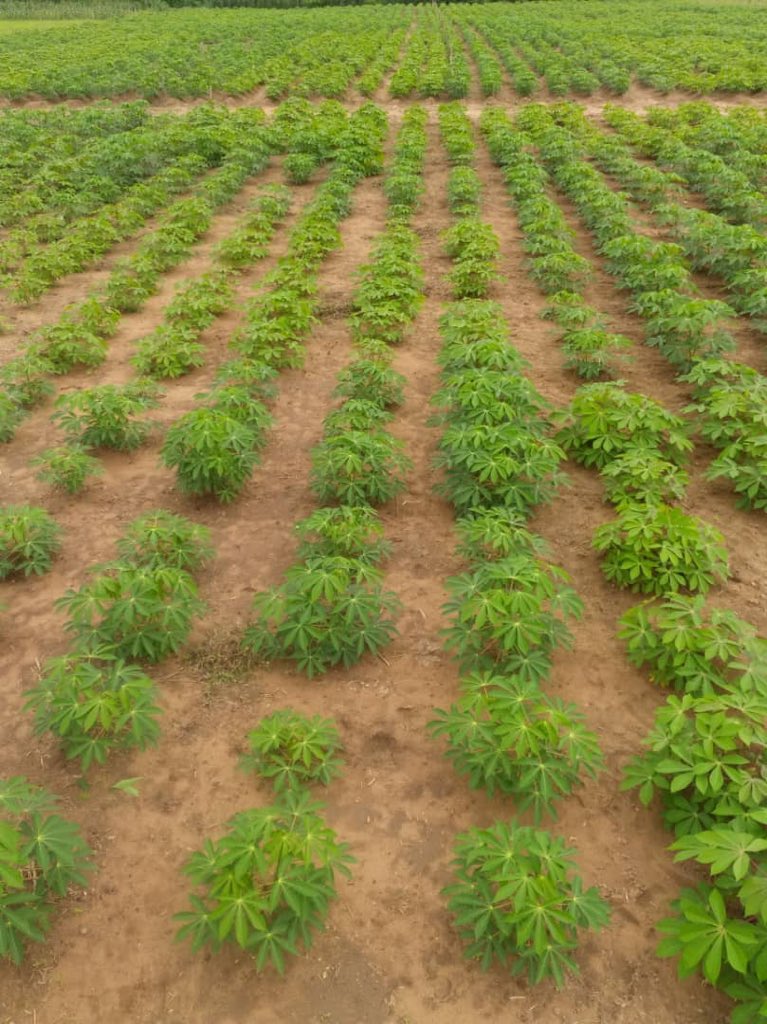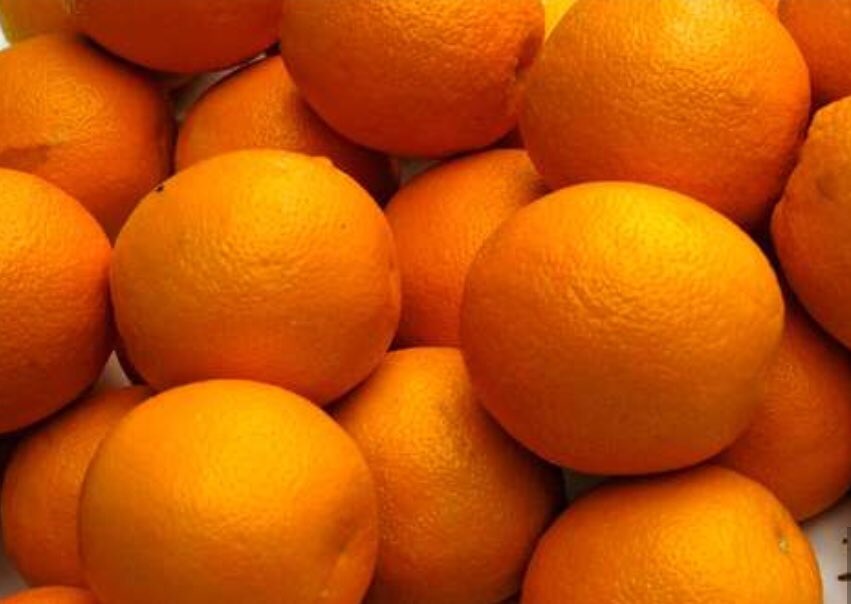SOURCE OF SEEDS
Use certified seeds from reputable seed companies.
Chilli peppers require sunny, semi-tropic or tropical conditions and an annual rainfall of between 600mm and 1,250mm. The ideal temperature for good growth is 18-32oC. Low humidity will result in bad fruit set due to the dropping of flower buds.
Chilli peppers grow on a wide range of soils but thrive best in sandy loams with lots of organic matter. Select well-drained land with a gentle slope and soils with a pH of 5.0-7.0
The land should be cleared of trees, grasses and root stumps. A well-decomposed manure or compost at 3-10kg/m2 should be applied in 4-6 weeks before planting. In chilli production, seed rate About 150g seed is required for 1ha at a density of 30,000 plants/ha.
Sow one seed per cell (in seed trays) or broadcast the seeds lightly in a seedbed&cover with 1 cm layer of soil. On the seedbed,cover with non-seeded dry grass or palm fronds until seeds emerge&cover the bed with an insect-proof net
Upon emergence, water the seedlings thoroughly every morning or as needed, using a fine sprinkler. Avoid overwatering to prevent damping-off. Should this occur, drench with an EPA approved fungicide.
Transplant seedlings at 5-true leaf stage in the cool of the day or late afternoon. The soil should be moist and of a fine tilth. Spacing For Some Hot Pepper Varieties. Variety Spacing(between plants and between rows) Cayenne(Legon 18) 60x60cm (2×2 feet)
Test soil to determine fertility level and adjust rates to meet the crop’s nutrient requirements.
At transplanting water seedlings with a starter solution of 5g/L NPK 15-15-15 or 3g/L di-Ammonium Phosphate or any commercial fertiliser rich in Phosphorus and Nitrogen.
2 weeks after transplanting (WAT)
At flowering side dress 3g Potassium Nitrate, repeat at 2 weeks intervals. Apply high Calcium foliar fertilisers containing Boron every 2 weeks following manufacturer’s instructions.
Practice no-till so that the vegetation residue will serve as mulch to conserve moisture, soil, reduce weed competition, erosion and soil compaction. You can also use rice straw (5t/ha) or other organic material, polyethene sheet, or a combination of materials.
IRRIGATION
Provide supplementary irrigation in chilli to maintain a good moisture level throughout the growth period especially during flowering and fruit development.
Keep the field free of weeds with inter-row cultivators, by applying approved pre and post-emergent herbicides, hoeing or hand picking. Avoid damaging plant roots.
Chilli plants may be staked to prevent lodging, particularly when they have a heavy load of fruits. This is very important in chilli production to avoid losses in fruits.
Major pests are aphids, termites, broad mites and thrips.
ANTHRACNOSE: May occur in the field or develop as a postharvest decay of pepper fruits. To control anthracnose, use pathogen-free seed and rotate crops. Fungicides can reduce losses.
BACTERIAL WILT:The initial symptom is wilting of lower leaves followed by sudden
To control, use pathogen-free seedbeds to produce disease-free transplants. Fumigate seedbeds and sterilise the planting medium for container-grown plants. Use raised beds to facilitate drainage.
Root-knot nematode: Infected plants become stunted &yellowish
Chilli peppers are ready for harvesting 6-8 WAT (Weeks after Transplant). Harvest red ripe or green depending on market demand. To harvest, snap the fruit stalk from the stems by hand.
Yields of chilli vary depending on cultivar and management practices. 10-22 MT/ha are achievable.
- Thanks to JoshuaMubanga for this Chilling Information.
Keep sharing and keep planting.














